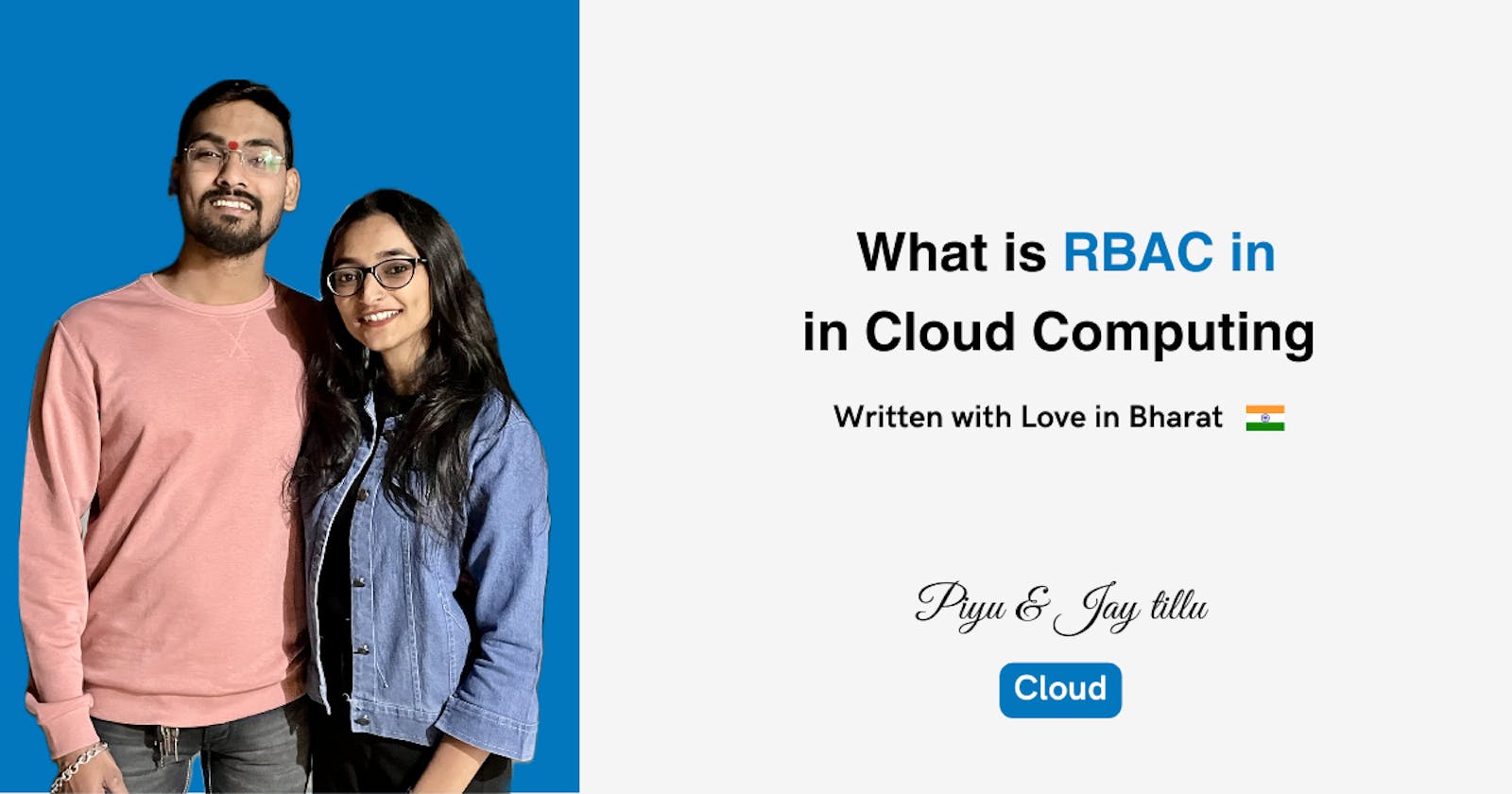What is RBAC in Cloud Computing?
4 min read

RBAC is a security framework that defines and enforces access permissions based on a user's role. RBAC checks a user's role to see what resources they are authorized to access in the cloud. RBAC is designed to simplify the management of permissions and enhance security by assigning access rights to users based on their roles rather than their individual identities.
How does RBAC work?
Here's a breakdown of the RBAC process:
1. Roles as Organizational Building Blocks
Roles serve as the foundational elements in RBAC. These predefined sets of permissions are tailored to specific job functions within an organization. By categorizing users into roles, RBAC simplifies access management and adheres to the principle of least privilege – granting users only the permissions necessary for their roles.
Administrators define different roles, each with a specific set of permissions. For example, a "Developer" role might have permission to code and deploy applications, while a "Sales Manager" role might have permission to view customer data and reports.
2. Permissions: The Power Within Roles
Permissions are the granular actions or operations that users with specific roles can perform. These may include creating, reading, updating, or deleting resources.
RBAC ensures that each role is associated with the precise permissions required to fulfil its designated responsibilities, promoting security and limiting the risk of unauthorized access.
3. Users and Role Assignments
Users are then assigned the appropriate roles based on their job functions and responsibilities.
For example, all software engineers might be assigned the "Developer" role, while all sales managers might be assigned the "Sales Manager" role.
4. Access is granted (or denied)
- When a user tries to access a cloud resource, RBAC checks their assigned role and permissions. If their role allows it, access is granted. If not, access is denied.
RBAC Implementation in Cloud Computing
Centralized Administration
In cloud computing, RBAC is like having a central control hub for managing who can do what. This hub is often provided by Identity and Access Management (IAM) services from cloud providers.
IAM services let organizations easily set, change, or take away access rights from one central place. This makes it much simpler to handle user roles across different cloud services.
Cloud IAM Services
Cloud providers, such as AWS, Azure, and Google Cloud, include RBAC features in their IAM services. Think of IAM services as tools that help you organize and control who can access things like virtual machines, storage, databases, and other resources in the cloud.
You can either create your own roles or use roles that are already set up by the cloud provider. This makes it easy for users to manage access in a clear and organized way.
Enhancing Security and Compliance
RBAC is like a superhero for making sure your cloud system is secure and follows the rules. It does this by sticking to the idea of least privilege, which means giving people only the access they absolutely need for their jobs.
By doing this, RBAC makes it harder for bad actors to get into your system. It also helps you follow the rules and regulations (compliance) because you can easily show who has access to what. It's like having a clear record that proves you're doing things the right way.
Conclusion
In simple terms, RBAC in the cloud is about making sure the right people can do the right things, all managed from one central place. This not only makes things more secure but also helps organizations follow the rules and regulations that are important for their business.
